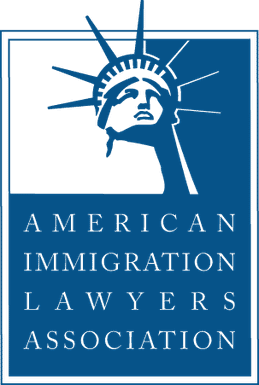People often ask me, “What goes into an Estate Plan?” or “What do most Estate Plans look like?”.
Two Types of Estate Plan – with Probate and Without
Typically, there are two main types of estate plans. One involves probate (the process of submitting a Will to Probate Court for legal sanction before assets can be distributed). The other does not (e.g. a Living Trust).
What’s OUTSIDE the Estate Plan
But before you consider either, you should see to your beneficiary designations. This is really just paperwork — you go to your accounts where you have beneficiary designations and name a beneficiary. You simply contact the financial institutions that hold your asset (i.e. “custodial” institutions such banks), and ask them for their beneficiary designation form. If you do that, you have done some estate planning because everything that passes from that beneficiary designation outside of courts and does not require a proceeding. It is a quite simple way to ensure that you have the most basic estate plan in place. For instance, you might name a beneficiary for your life insurance policy, your IRA, your work-related benefits, and any other account where you can name a beneficiary. You can read more about Beneficiary Designations in my estate planning blog and what to be aware of when making or changing them.
Typical Estate Plan — Will and/or Living Trust + POA + Health Care Proxy/Living Will
The part of your estate that can’t be dealt with through beneficiary designations is where formal legal instruments come in. Theses are typically the Will or Trust (living trust). A Will designates who will take on certain roles in the event of your passing. It also describes what you want to happen to your assets, and if you have kids, who you want to take care of them if something happens to you.
A plan usually includes a power of attorney, a document that determines who makes financial decisions of if you’re living but you’re incapacitated. The POA is only in existence if you’re living. Once a person dies, a POA ends and the distribution of their assets are determined not by the POA but by a Will or Living Trust.
Another key document is the Health Care Proxy. Simply put, you pick somebody to make healthcare decisions for you if you cannot make them for yourself. It is like a power of attorney for health-related matters. It’s important not to confuse a health care proxy with a Living Will. The living will is not a will per se; it really just states what you want or don’t want at the end of life (e.g. whether you want to be put and left in artificial life support you’re in a persistent vegetative state). The key difference between the proxy and the living will is that in the former, instructions as regards your health care are made and communicated to medical staff by your proxy, while the living will is a direct communication in writing to your medical staff from you about your care.
And If You Have Minor Children
The final part of an estate plan is guardianship-related documents if you have children. This designation lets everybody know who will take care of your children if something happens to you. You can also have a document that names a stand-by guardian so that if your named guardians are out of town or unavailable, so that somebody you choose can take care of your kids for a short period of time while the legal guardians are located.
You can find much more detailed information on all of these components of an estate plan on our Estate Planning Blog. You can also access our e-Guide on Estate Planning for Families below. NOTE: when you access/download the guide, you also receive a 90-minute complimentary consultation. Contact us when you’re ready to take action on your estate plan.





